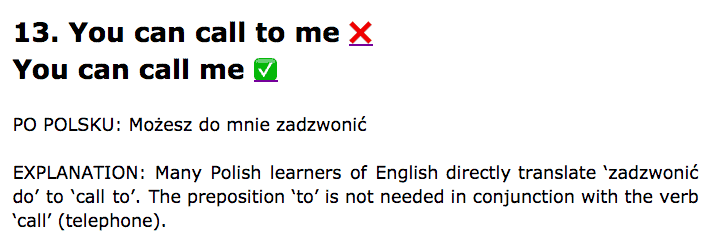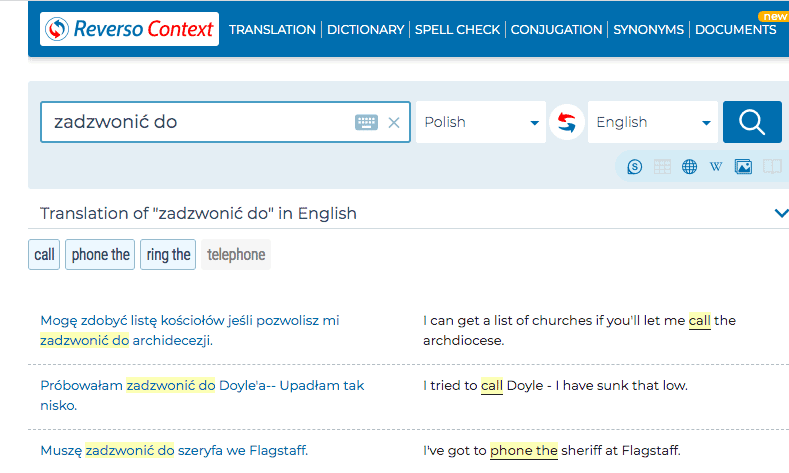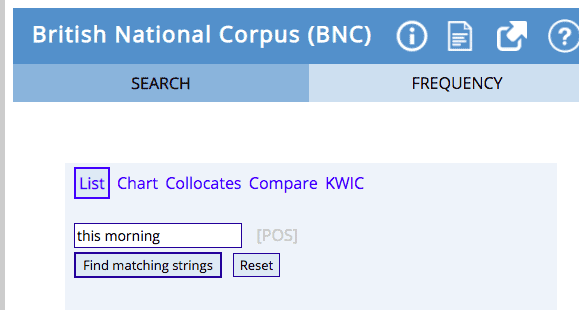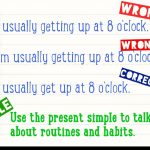How to stop making the same grammar mistakes in English
The question currently occupying my mind is: How can I help my students to stop making the same grammar mistakes?
I’ve been teaching English in Poland since 2006. Therefore, I’ve become well accustomed to the typical mistakes that Polish learners of English make.
First of all, many Polish learners of English struggle to master the English article system (‘the’, ‘a’ and ‘an’). Second, the English system of prepositions is different from the Polish prepositional system. Finally, English syntax (word order patterns) is more uniform. Indeed, affirmative sentences in English follow the Subject-Verb-Object (SVO) pattern. Conversely, Polish allows for greater flexibility concerning word order.
WHAT IS crosslinguistic influence?
Polish learners of English can’t stop making the same grammar mistakes due to a phenomenon known as crosslinguistic influence, or negative transfer. Essentially, negative transfer occurs when structural differences between two languages cause systematic errors in the learning of the second language. Moreover, in a process known as fossilisation, making errors becomes a habit and so it becomes difficult to eliminated these errors from speech.
For example, many Polish learners of English say “have right”. This is a clear example of negative transfer. See below:

Many of my students have a deep vocabulary, sufficient collocational knowledge, the confidence to speak about controversial topics and a reasonable command of English grammar. In my view, the next step for them is to immerse themselves in the topic of negative transfer. They need to analyse WHY they can’t stop making the same grammar mistakes.
HOW CAN polish learners of english STOP MAKING THE SAME GRAMMAR MISTAKES IN ENGLISH?
Polish learners of English are not to blame when it comes to negative transfer and fossilization. Unfortunately, they are at the mercy of the outdated grammar-heavy language syllabuses which pervade state education systems. Moreover, language learners are victims of their teachers’ complexes. Many language teachers only feel comfortable when they teach grammar and dish out ridiculous time-wasting gap fill exercises. After all, it’s easy to teach grammar and check students’ answers with the help of a key. It’s not so easy for teachers to go into deep linguistic detail as to why students keep making the same grammar mistakes.
Now, let’s have a look at some of the steps students can take to help them eliminate some of those “fossilised” errors:
1. BASIC AWARENESS
The first and most obvious step is to become aware of negative transfer and seek out an explanation for the error. For example, Polish learners of English often say “call to someone”:

2. DEEP AWARENESS
Now you should move from a state of basic awareness to a state of deep awareness. You need to seek out resources which allow you access to lots of sentences which contain the correct structure. Online dictionaries, such as Longman, are not a bad place to start.
Another helpful and reliable resource is Reverso Context. As you can see below, I typed in zadzwonić do (call someone). A list of sentences then appears in both Polish and English:

Finally, word hippo is a very useful resource for studying words and phrases in a range of contexts. Try typing target words and phrases into the ‘Sentences’ tab.
3. DEEP, DEEP AWARENESS
If you’re serious about knocking out those issues with negative transfer, check out corpora such as the British National Corpus (BNC).
A corpus is essentially a collection of linguistic data, either compiled as written texts or as a transcription of recorded speech. The British National Corpus (BNC) was created by Oxford University press in the 1980s - early 1990s. It contains 100 million words of text from a wide range of genres (e.g. spoken, fiction, magazines, newspapers, and academic).
Click on the link above to take you to the British National Corpus website. Let’s analyse another common mistake Polish learners of English make: “today morning”. The correct way to say this is “this morning”.
a. Type ‘this morning’ into the search box and hit ‘Find matching strings’:

b. There are 4054 sentences in this corpus which contain ‘this morning’. Click on ‘THIS MORNING’.

c. Thousands of contexts and sentences which contain ‘THIS MORNING’ then appear.
Why not voice record a few of the sentences which have real relevance in your life?
Why not create a Google Sheet titled ‘Common Mistakes Database’ and copy and paste selected sentences containing 'this morning' into the Google Sheet?
4. PERSONALISATION
I really do believe in the power of adding grammar structures to a Word-Phrase Table.
Creating personalised sentences (true sentences about your life experiences and current routines and interests) which contain a grammar structure can help you to create much deeper mental associations with that structure. With regular revision of the sentences, you’ll be able to produce correct grammar forms in future conversations because the sentences will be on the tip of your tongue.
Coming back to the Polish learners who can’t stop saying ‘call to’:

Nothing too fancy. Just some simple real-life sentences. You may benefit from using colour, bold font and italics to emphasise correct grammar structures. After all, visualisation is key when it comes to memorising and retrieving grammar forms.
I advise language learners to employ a native speaker to voice record their personalised sentences.
5. SELF-CHECKING AND CONCENTRATION
For those who have online conversation classes, sticky notes may help to eliminate fossilized errors.
Let’s imagine that Stefan can’t stop using the present continuous aspect instead of the present simple. He could just write on a sticky note - “PRESENT SIMPLE FOR PERMANENT SITUATIONS" or “DON’T USE -ING TODAY”. Stefan should stick the note on the side of his computer screen to remind him to avoid using the present continuous during a particular class.
After the lesson, the student shouldn’t throw the sticky note away, but instead keep it for a future session.
It would be too ambitious to focus on five grammar points in a single lesson. It’s better to have just one or two sticky notes for one or two separate grammar points per lesson. Admittedly, a great deal of concentration and self-checking is involved to fix such deeply ingrained habits. However, you'll never know what benefits this method might bring unless you try it out.
6. VOICE RECORDING
In my view, there are many benefits of voice recording in language learning. When it comes to analysing a student's grammatical astuteness in a real-life conversation, I’m convinced that noticing and correcting mistakes post-conversation reaps greater rewards than doing gap fill grammar exercises.
Final Thoughts
Students need to compare structures in their first language and second language to see why negative transfer occurs. As for teachers, it's vital they encourage students to use corpora and record their voices to gain a deeper appreciation as to why they keep making the same grammar mistakes, and to fully acquaint them with correct grammatical forms.
My knowledge of Polish is good enough to recognise when my Polish students succumb to negative transfer. Nevertheless, teachers who don’t possess knowledge of a student’s first language can still play a part in improving the accuracy of a student’s speech by demonstrating some of the language learning strategies described in this post to students.



